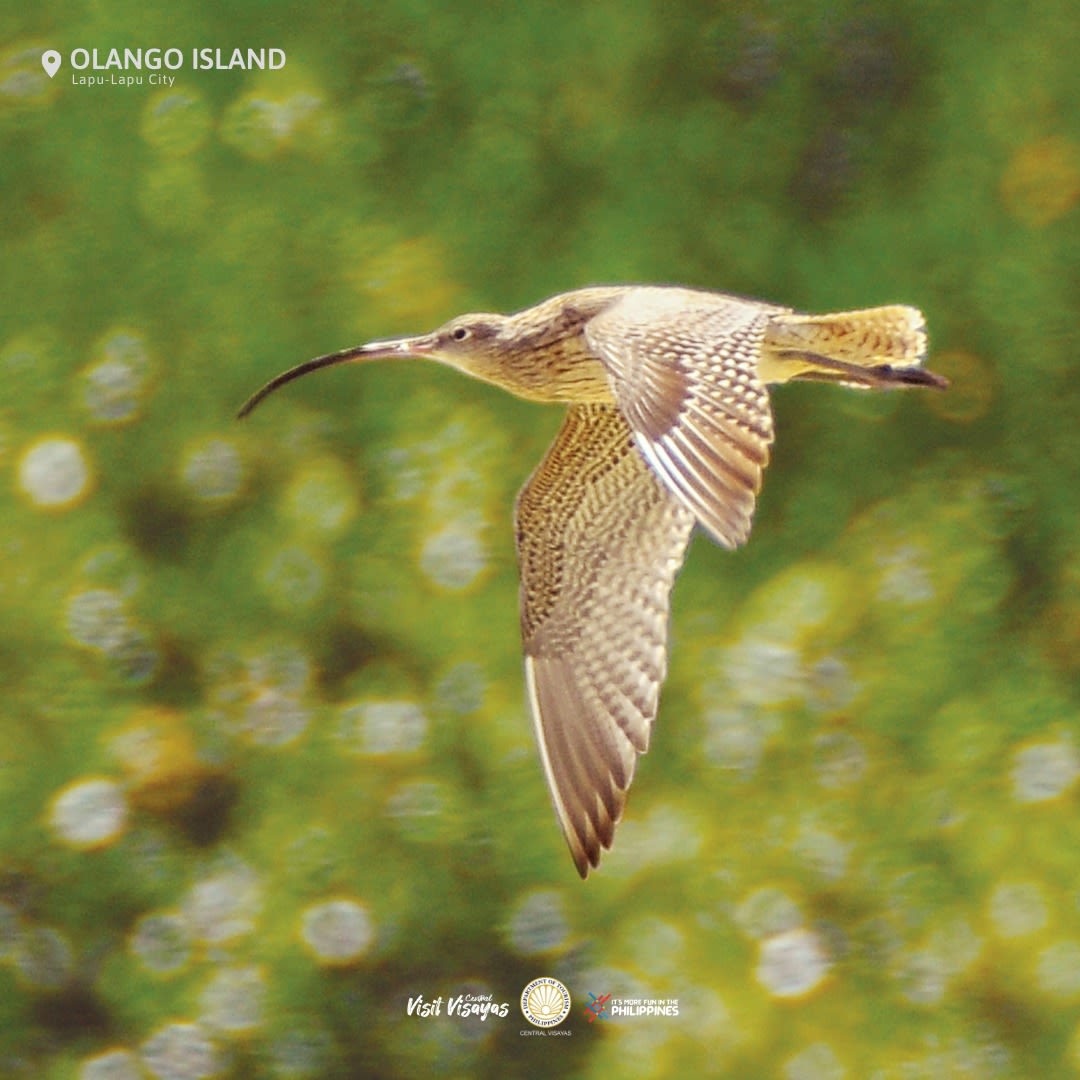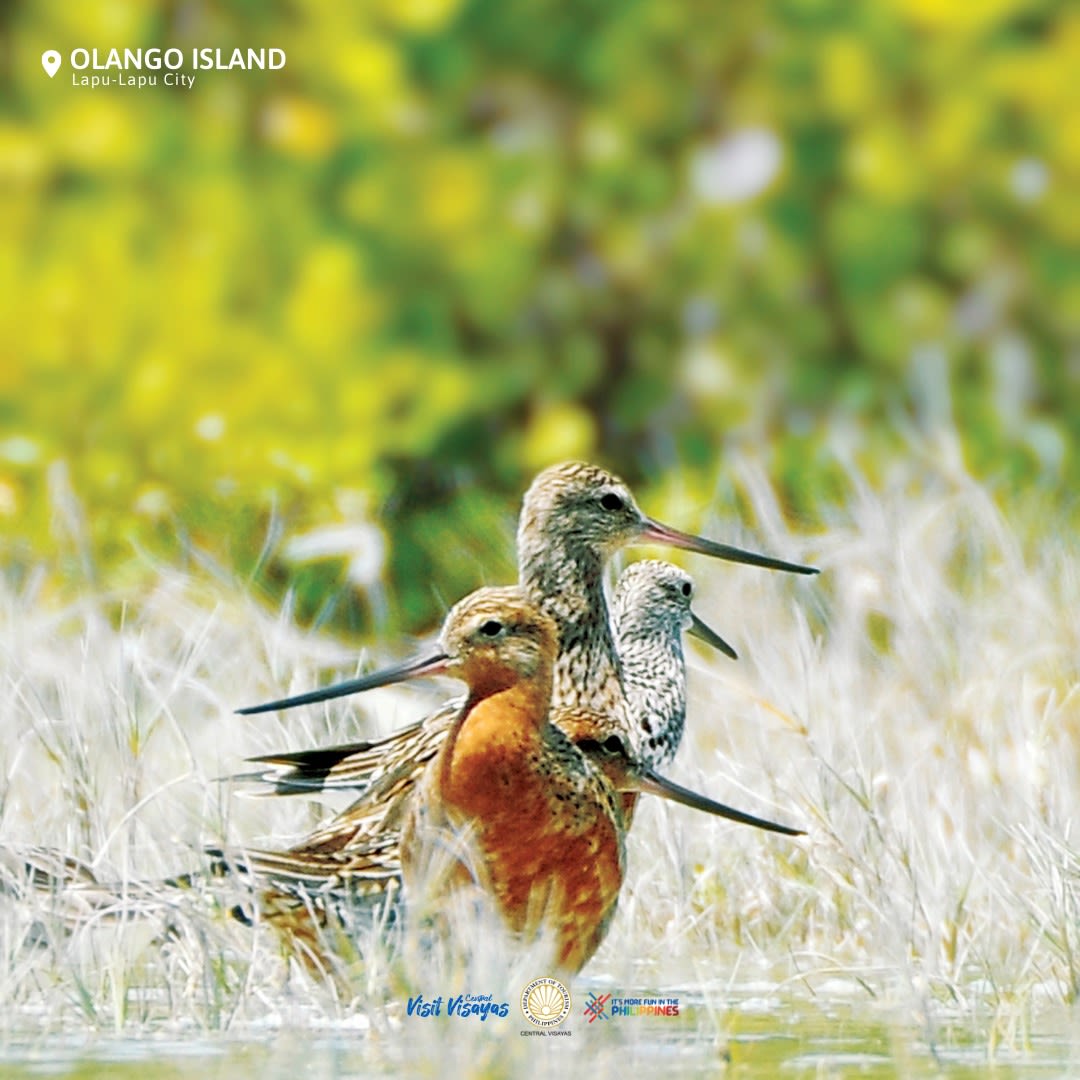Polluted paradise
How plastic trash and wastewater imperils lives and biodiversity in the Philippines' top tourism draw
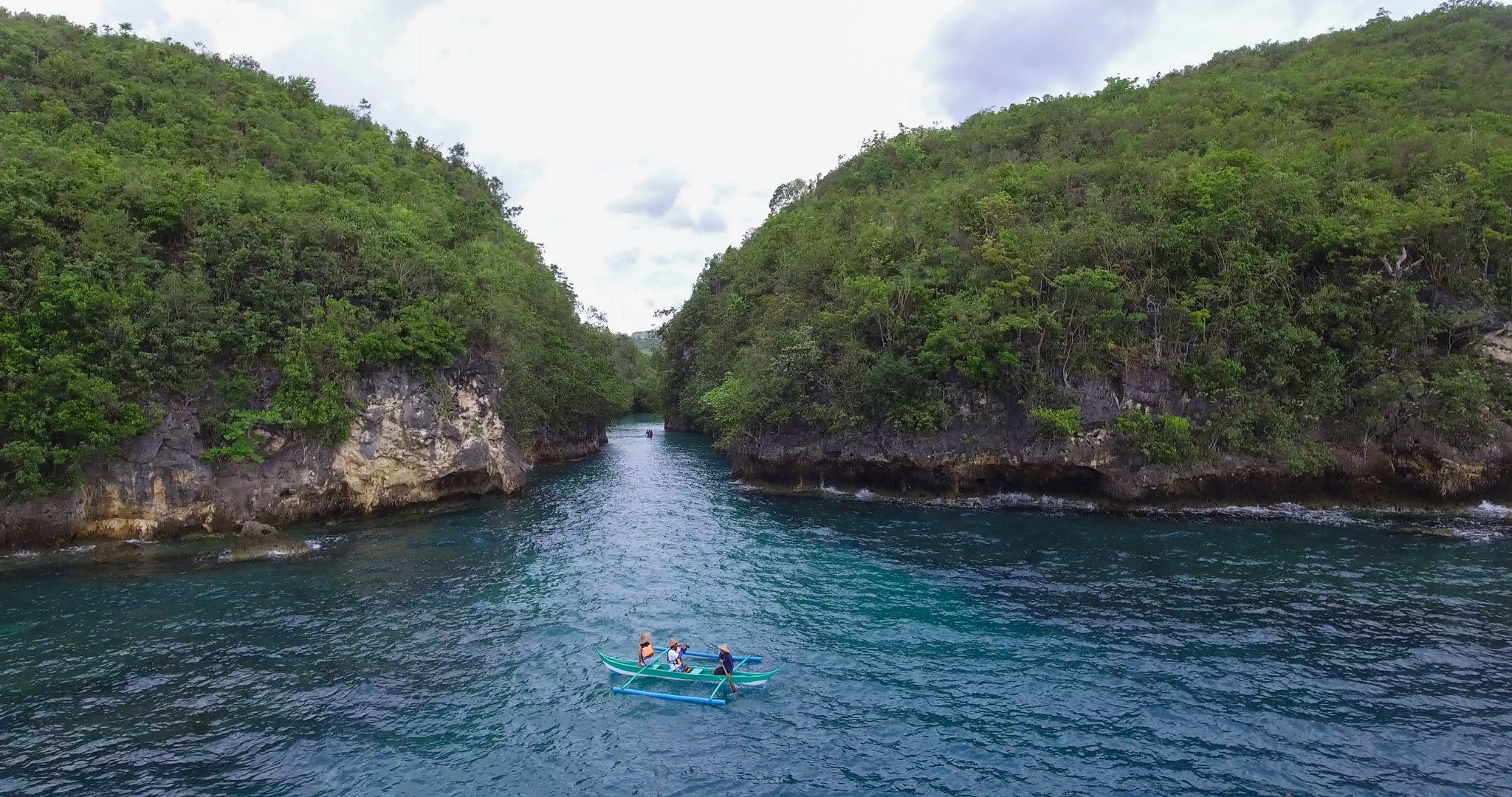
Cebu is projected to generate the most solid waste among all provinces in the country by 2025, according to data analysed by Eco-Business. As the summer season begins, how can the country’s second largest metropolitan area and most visited province overcome its mounting trash problem, driven by overtourism in the post-pandemic era?
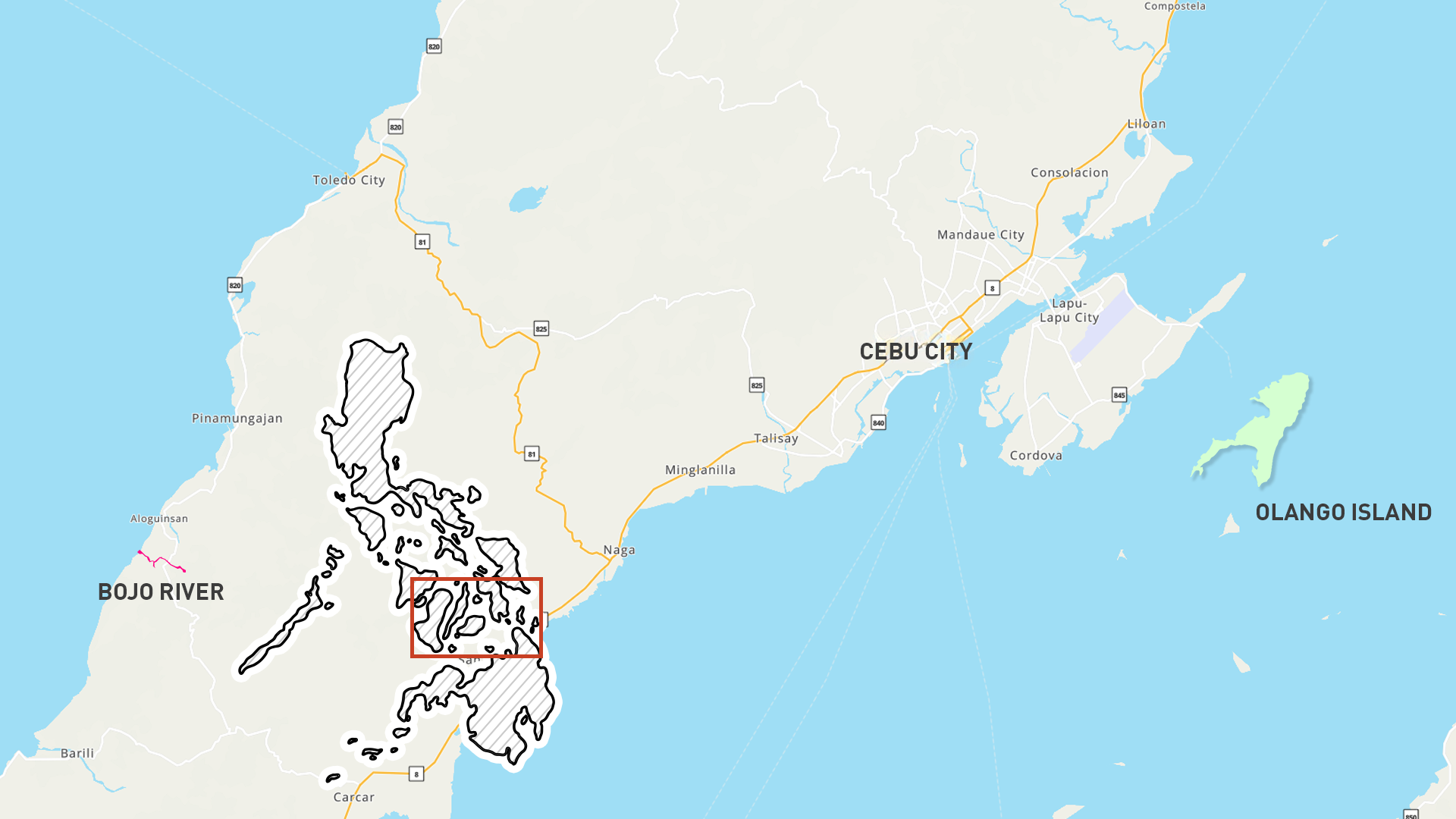
The province of Cebu is in the Visayas region of the Philippines. Olango Island can be found off the eastern coast of the province while Bojo River is in the west. Image: Philip Amiote
The province of Cebu is in the Visayas region of the Philippines. Olango Island can be found off the eastern coast of the province while Bojo River is in the west. Image: Philip Amiote
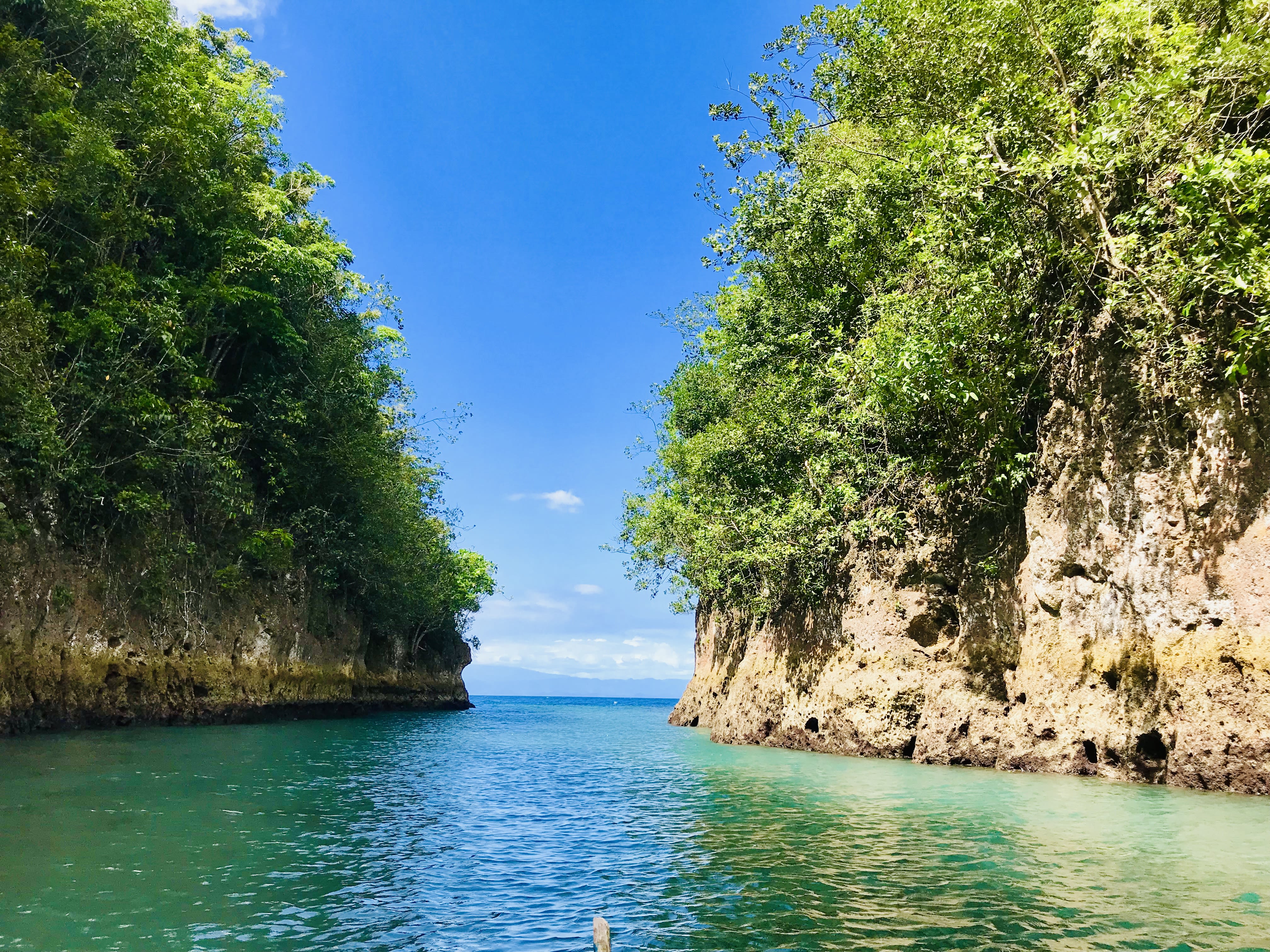
Scattered sachets, water bottles and plastic bags cling to the branches of mangroves in the Olango Island Wildlife Sanctuary. This internationally recognised wetland located in Cebu, a bustling tourist province in the Visayas island group of the Philippines, is a crucial habitat for migratory birds. It is a nationally protected area where human settlement and waste dumping are prohibited.
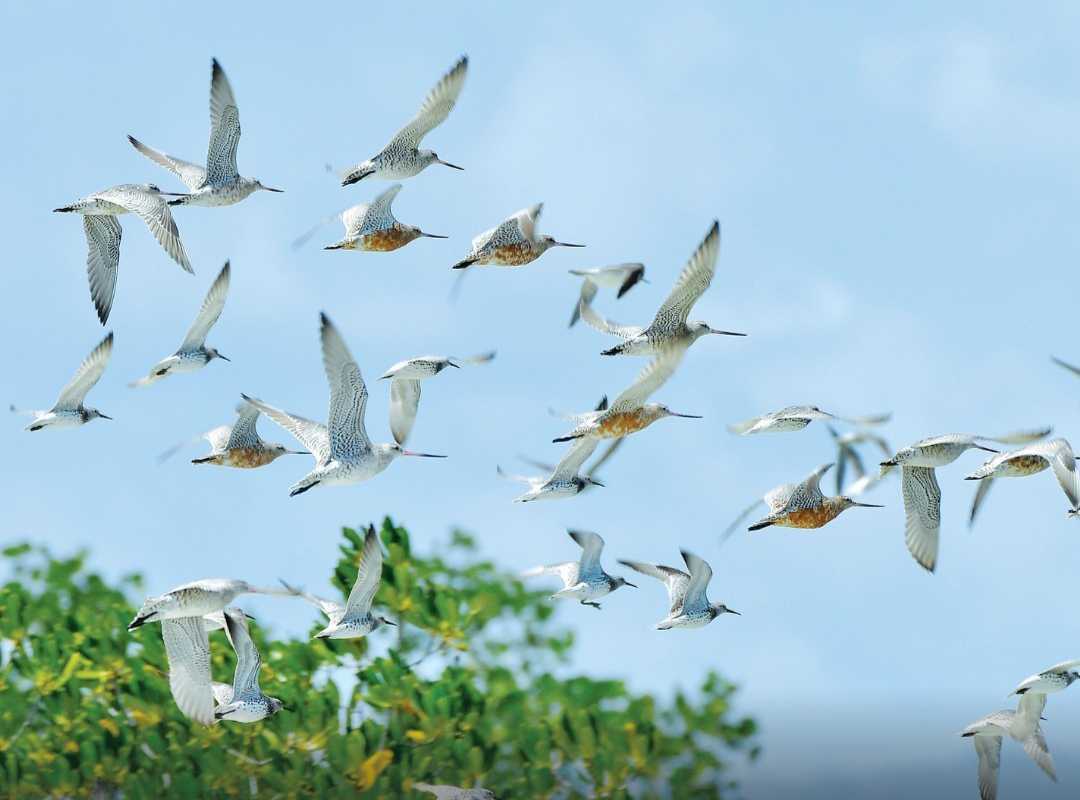
Olango Island holds significant imporance within the East-Asian Australasian Flyway, serving as a crucial stopover site for birds that fly between Russia, East Asia, and New Zealand. Image: Department of Tourism Central Visayas Office
Olango Island holds significant imporance within the East-Asian Australasian Flyway, serving as a crucial stopover site for birds that fly between Russia, East Asia, and New Zealand. Image: Department of Tourism Central Visayas Office
Months of analysis of government data by Eco-Business show that Cebu is projected to continue producing the highest amount of waste in the country until 2025, potentially overwhelming tourist destinations with both plastic waste and untreated wastewater.
The province’s waste problems affect the communities living near ecotourism and protected nature sites. Fisherfolk residing near tourist areas remain poor, reporting more waste and no benefits, from the tourism boom and post-pandemic rebound.
“The trend of revenge travel and overtourism in general can overwhelm waste management systems, particularly those lacking in infrastructure and not supported by enforced policies and processes aimed at waste reduction,” said Marian Ledesma, zero waste campaigner for environmental group Greenpeace Philippines.
From 2013 to 2022, the Philippines saw a steady rise in tourism, with a total of 45.4 million foreign tourists. Cebu was the archipelago's most visited province in the past decade with over 35 million tourists. The industry’s peak in 2019 brought in 8.2 million foreign tourists, supported 6 million tourism jobs, and contributed nearly 13 per cent to the national gross domestic product (GDP).
But the 2020 pandemic led to a sharp fall in tourism in the Philippines: foreign arrivals dropped to 1.4 million and every one in five tourism jobs disappeared. Tourism’s GDP contribution saw a 1.9 percentage-point decline from 2013 to 2022.
To achieve sustainable tourism growth after the pandemic, experts and activists called on Cebu and the rest of the Philippines to put the brakes on unregulated mass tourism and the release of plastics and sewerage into local water bodies in favour of a more eco-friendly and inclusive approach to tourism.
Eco-tourism as an alternative to mass tourism
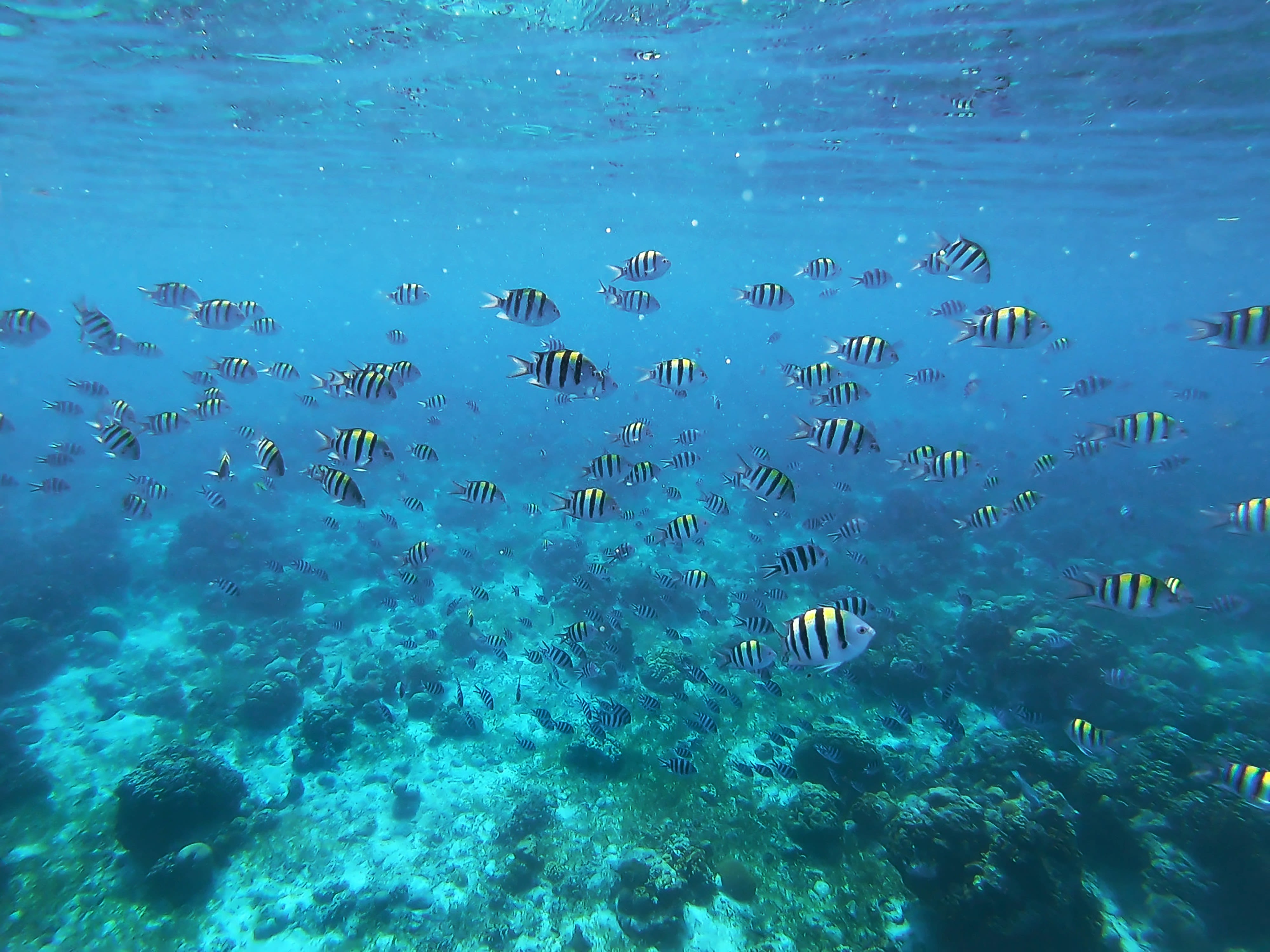
The Philippines is home to 105 ecotourism sites nestled within 248 protected areas, data from the Department of Environment and Natural Resources Biodiversity Management Bureau (DENR BMB) shows.
From 2014 to 2022, sites in protected areas attracted over 19 million visitors and brought in P420 million (US$7.5 million) in revenue, still a fraction of the profits brought in by mass tourism. During this nine-year period, visits peaked in 2018 with 4 million tourists, while revenue reached its highest point in 2019 with P97.3 million (US$1.74 million), a rise of over 30 per cent over the previous year.
These numbers do not include nature-based destinations outside protected areas, as the government has no clear data and ill-defined boundaries of ecotourism sites, according to Reneo Vicente of the DENR BMB’s National Parks Division. The agency, however, follows the definition of ecotourism as “a form of sustainable tourism within a natural and cultural heritage area” that fosters community participation, environment conservation and education, and economic benefits.
“If tourism happens on-site or within natural areas such as water falls, mountains, islands, or mangroves, this should be counted as ecotourism,” Vicente said.
In Cebu, one of the most popular ecotourism sites is the 5,800-hectare Olango Island Wildlife Sanctuary, which encompasses a variety of ecosystems, including intertidal sand flats, mangroves, seagrass beds, coral reefs, and islets. This sanctuary, off Mactan island, is the Philippines’ first Ramsar site, a title given to wetlands of international importance.
Managed by the local DENR office, Olango is an important site in the East-Asian Australasian Flyway, a group of routes that many bird species use to migrate between Russia, East Asia and New Zealand. The sanctuary, a popular birdwatching spot, attracted 12,000 visitors in 2019, according to DENR BMB.
Ecotourism in Olango Island has given fishermen's wives jobs in mangrove conservation, said Era Patigdas, president of Olango Island Ecotourism Association. The group, formed in 2011 with DENR’s help, used to depend on low-earning seashell harvesting and illegal mangrove cutting. Now, besides selling food to guests, they earn from planting and patrolling mangroves.

The development of ecotourism on Olango Island has empowered the wives of fishermen, giving them jobs and engaging them in mangrove conservation. Image: Keith Anthony S Fabro
The development of ecotourism on Olango Island has empowered the wives of fishermen, giving them jobs and engaging them in mangrove conservation. Image: Keith Anthony S Fabro
“Our members used to cut down mangroves illegally in the sanctuary. We invited them to join our group to stop them from doing that,” she said. “Now, we regularly patrol the area together to prevent any mangrove cutting.”
Like in Olango, ecotourism in Aloguinsan’s Bojo River in southern Cebu has transformed the lives of the local community. At this site, which has been awarded by several international bodies such as the United Nations World Tourism Organization, locals have learned to appreciate and protect the natural resources they once exploited for survival.
Tourist guide Jamaila Alvarado is one of them. She used to hunt wildlife for food and cut mangroves to sell as charcoal. Now, she is proud to share her knowledge and love of nature with visitors to Bojo River, part of the 450-km coastline of Tañon Strait that separates Negros and Cebu island. The strait is the Philippines’ largest marine protected area that also serves as a fishing ground and habitat for endangered wildlife, including whale sharks (Rhincodon typus).
“Ecotourism provides income and also empowers us women. Before, we were just at home, constantly bearing children, just waiting for our husbands to catch something before we could buy rice,” Alvarado says.
Ecotourism in the Philippines suffered a huge setback in 2020 due to the pandemic. Revenues plunged to P15 million (US$267,857) and tourist arrivals reached only 732,000, according to DENR BMB. This adversely affected Cebu residents who depend on ecotourism to earn a living.
As ecotourism bounced back in 2022 with 2.4 million visitors and P76.3 million (US$1.4 million) in revenues, Olango and Bojo locals hope this revival will last. But they face a potential setback: Cebu’s chronic waste problem.
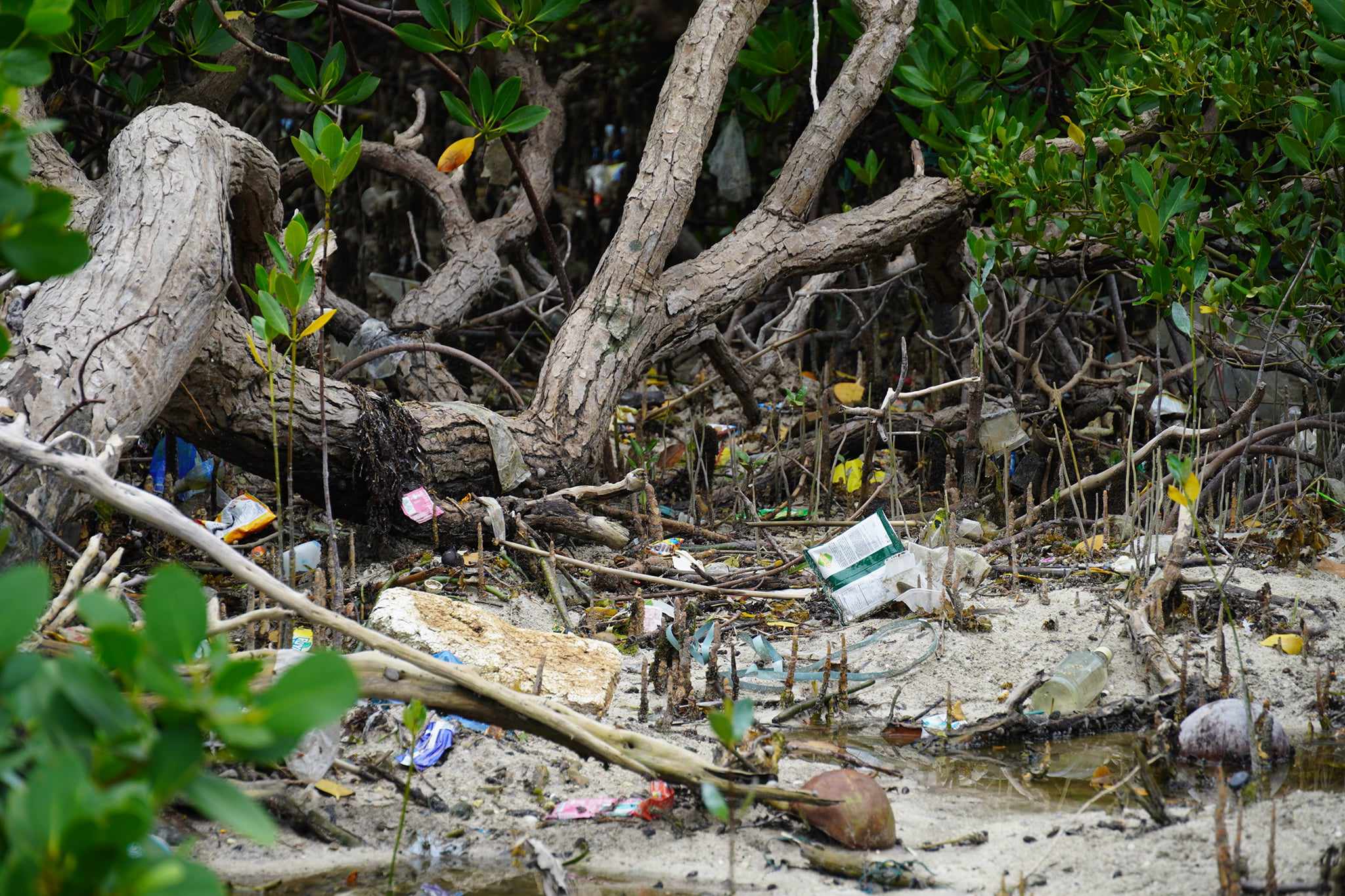
The influx of plastics during high tide in Olango Island Wildlife Sanctuary poses a significant risk to the wildlife that relies on this ecosystem for shelter and sustenance. Images: Keith Anthony S Fabro
The influx of plastics during high tide in Olango Island Wildlife Sanctuary poses a significant risk to the wildlife that relies on this ecosystem for shelter and sustenance. Images: Keith Anthony S Fabro
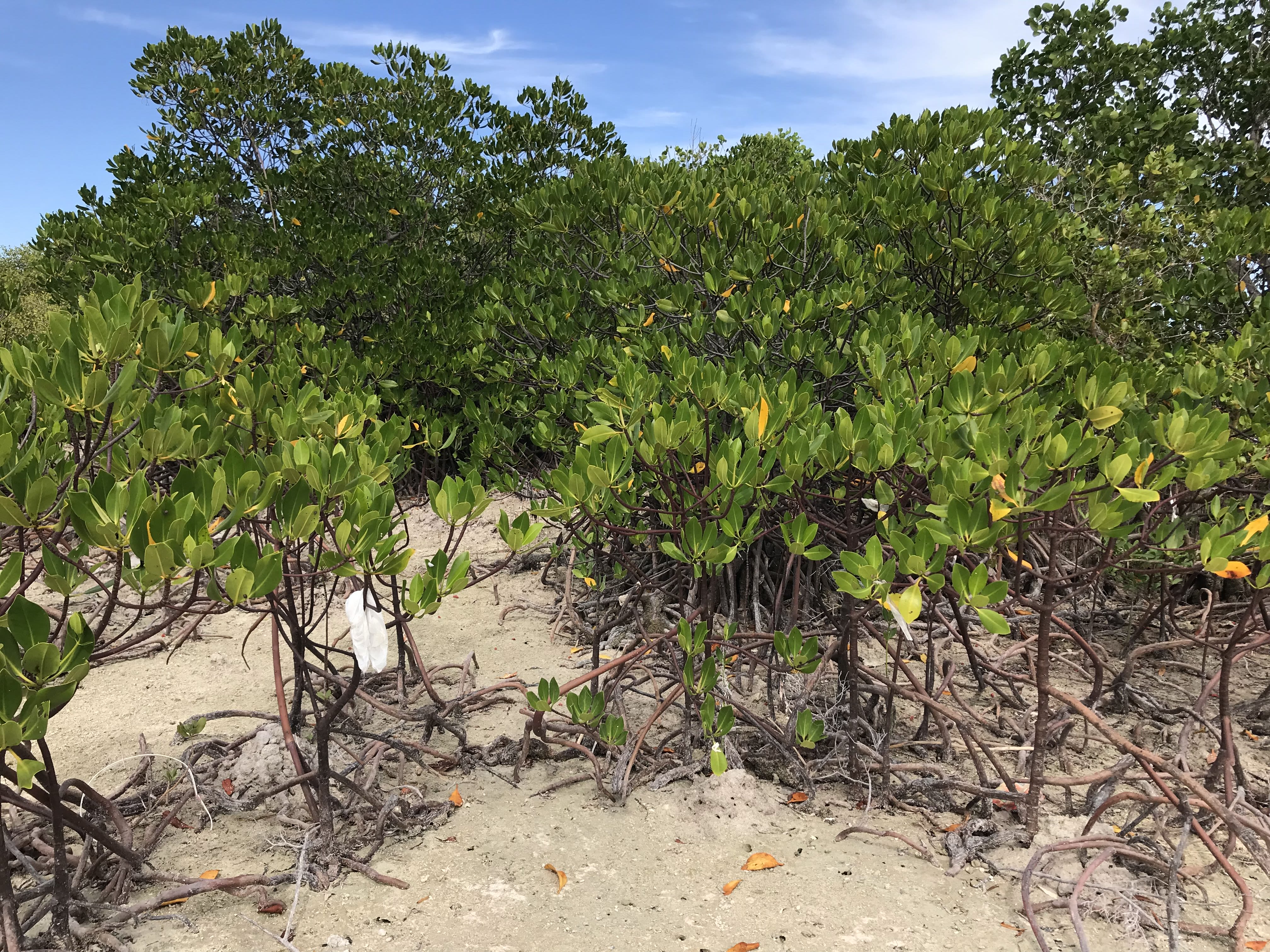
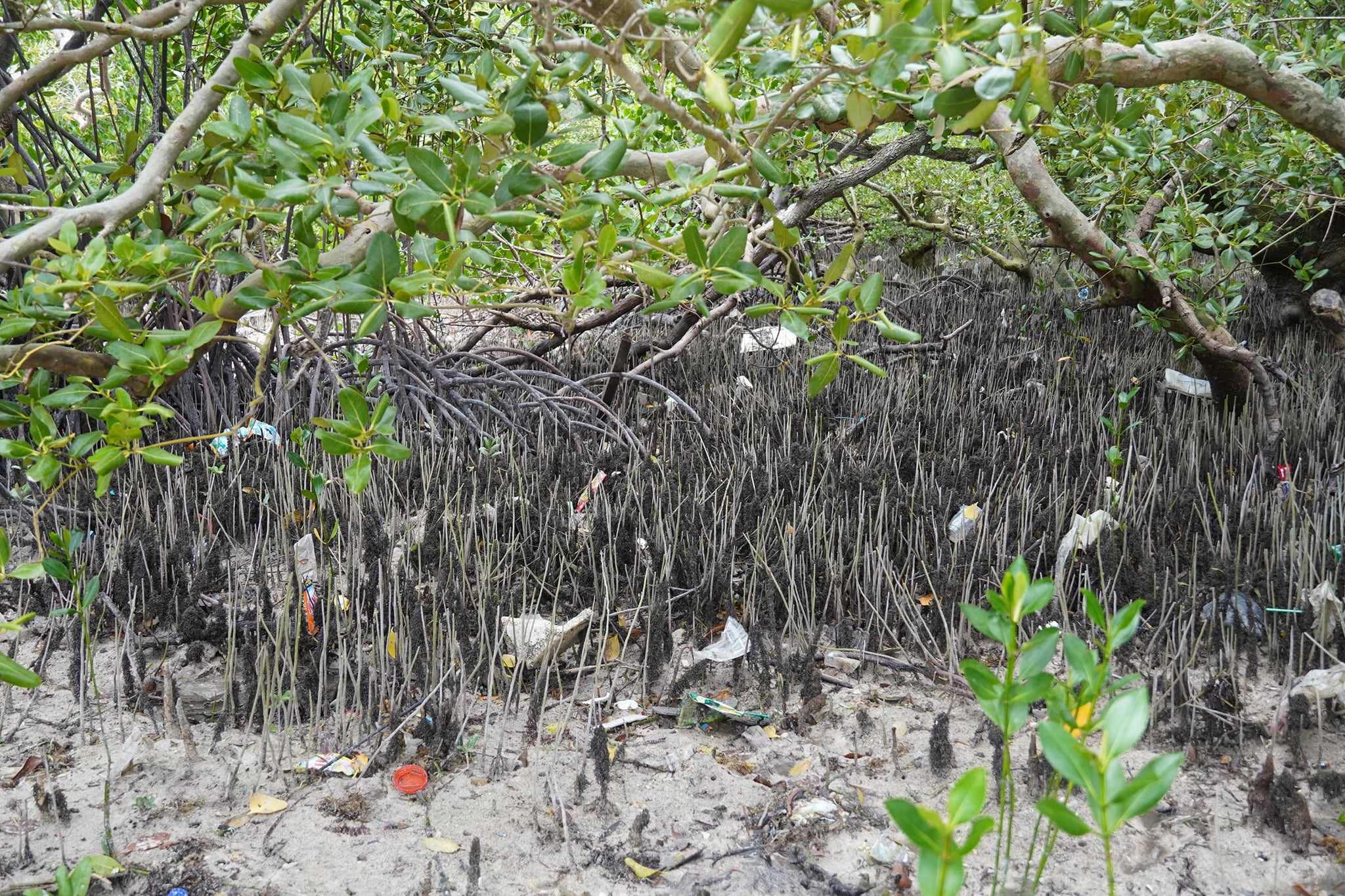
Fisherfolk most at risk from scourge of plastic waste
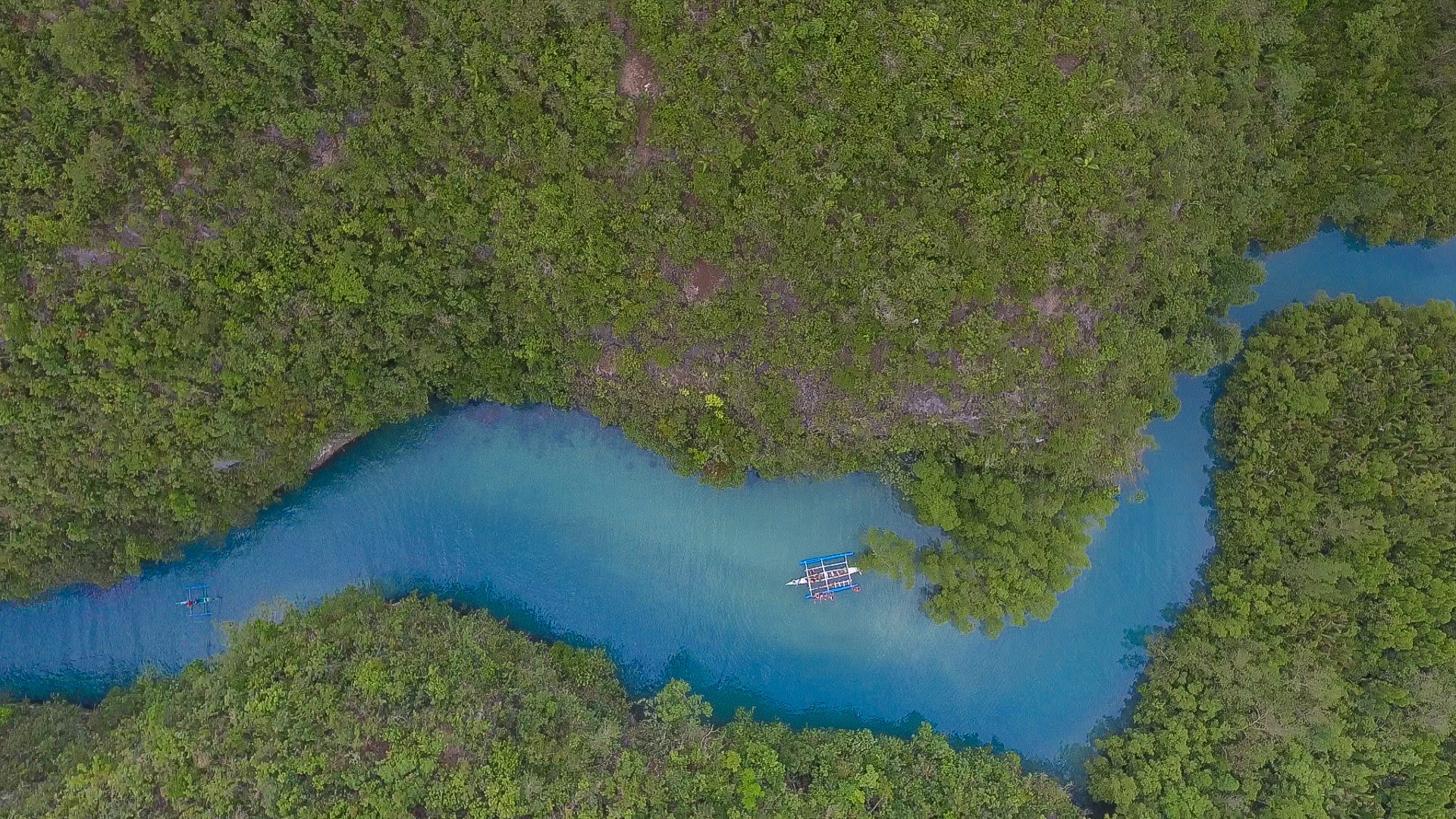
Cebu, particularly its capital city, has been struggling with worsening waste management, which has proved to be a major obstacle in establishing sustainable tourism in Cebu, according to a 2019 study by the University of the Philippines Central Visayas Studies Center.
The problem could yet get worse. This top Philippine destination is projected to generate the largest volume of solid waste among all Philippine provinces, with an estimated 1.17 million tonnes by 2024 and 1.19 million tonnes by 2025, data from the DENR Environmental Management Bureau (EMB) shows.
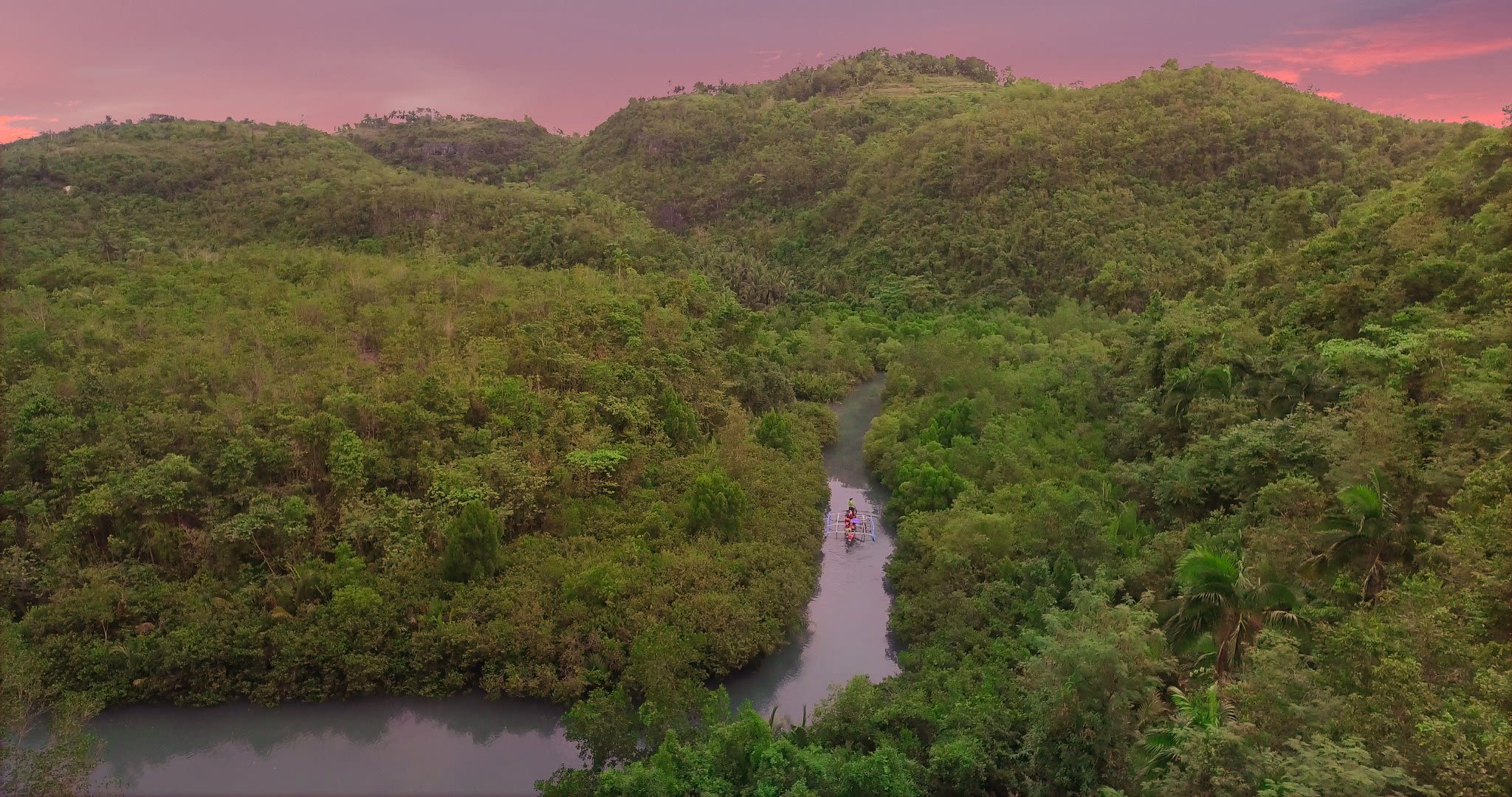

The recurring issue of plastic waste carried from Cebu City to the Olango sanctuary during high tide has worried both the park's management and the community.
“The island-hopping tourist boats arrive here during high tide. Unfortunately, garbage tends to fall off the boats, resulting in a significant amount of trash accumulating in Olango,” said Patigdas of the Olango Island Ecotourism Association. “Their trash packed in black bags contain items like barbecue sticks and styrofoam cartons.”
Olango ecotourism workers said some wild animals have ingested plastics, but the management office has yet to verify this.
Olango management office chief Lorenz Gideon Esmero said that when fish and mangrove-dwelling macroinvertebrates such as crabs, shrimps and worms consume plastic waste, it can harm the birds that feed on them.
“The health of the habitat will decline as plastic pollution increases. If the macroinvertebrates that are sensitive to pollutants dwindle, the birds will have nothing left to eat,” Esmero said.
The situation is the same in Bojo River, home to 22 species of mangroves and 61 types of birds, including migratory and endemic species.
Paulino Cañete, who has worked as a boatman since the river was designated as an ecotourism site in 2009, has witnessed a steady increase in plastic waste, usually carried from the waters of the Tañon Strait into the river during high tide.
“When guests see a lot of trash, it’s affecting [us] because visitor numbers dwindle,” Cañete said. “Despite our daily cleanups and ban on littering, plastic still slips into the river.”
Aloguinsan environment officer Ariel Arante acknowledged the problem’s persistence in Bojo River. However, he is puzzled about the source of the plastic waste. The river is located in a poor town that generates only 50 kilograms of plastic waste daily, mostly from the market.
Arante says that each local government unit (LGU) along the Tañon Strait manages its own solid wastes, but efforts to solve the plastic problem lack coordination.
Microplastics are a growing problem in Cebu, especially in the Tañon Strait, where some 45,000 fisherfolk depend on its bounty. In a 2021 study, wild rabbit fishes, locally known as danggit, caught in this area and popular among locals and tourists were found to have microplastics in their stomachs.
Fisherfolk in coastal areas near Olango Island cited a decrease in their fish catch and a noticeable increase in plastic waste washed ashore near their houses.
Rollan Pontillas said he has seen plastics inside some of the fish he has caught. “As we clean the fish, remove the gills and intestines - we also have to take out small pieces of plastic.”
This poses serious health risks to people who eat fish contaminated with microplastics. A 2022 study found that ingesting microplastics could lead to oxidative stress (cell damage from free radicals), nervous system damage, and immune system disruption.
A fisherfolk's wife, living adjacent to the Lapu-Lapu shrine, showed Eco-Business the rabbit fish she dried, pointing out their small size and quantity. She appealed to the government for assistance, requesting livelihood opportunities that would enable them to participate in the tourism value chain.lue chain. Image: Keith Anthony S. Fabro
If there is one sector that’s particularly vulnerable, said Belinda Espiritu, a professor at UP Cebu and former Central Visayas Studies Center director, it’s the marginalised fisherfolk who "live with the rhythms and laws of the seas and nature.”
"The government should respect and uphold environmental sustainability and uphold the needs of the poor and lower middle classes,” Espiritu said.

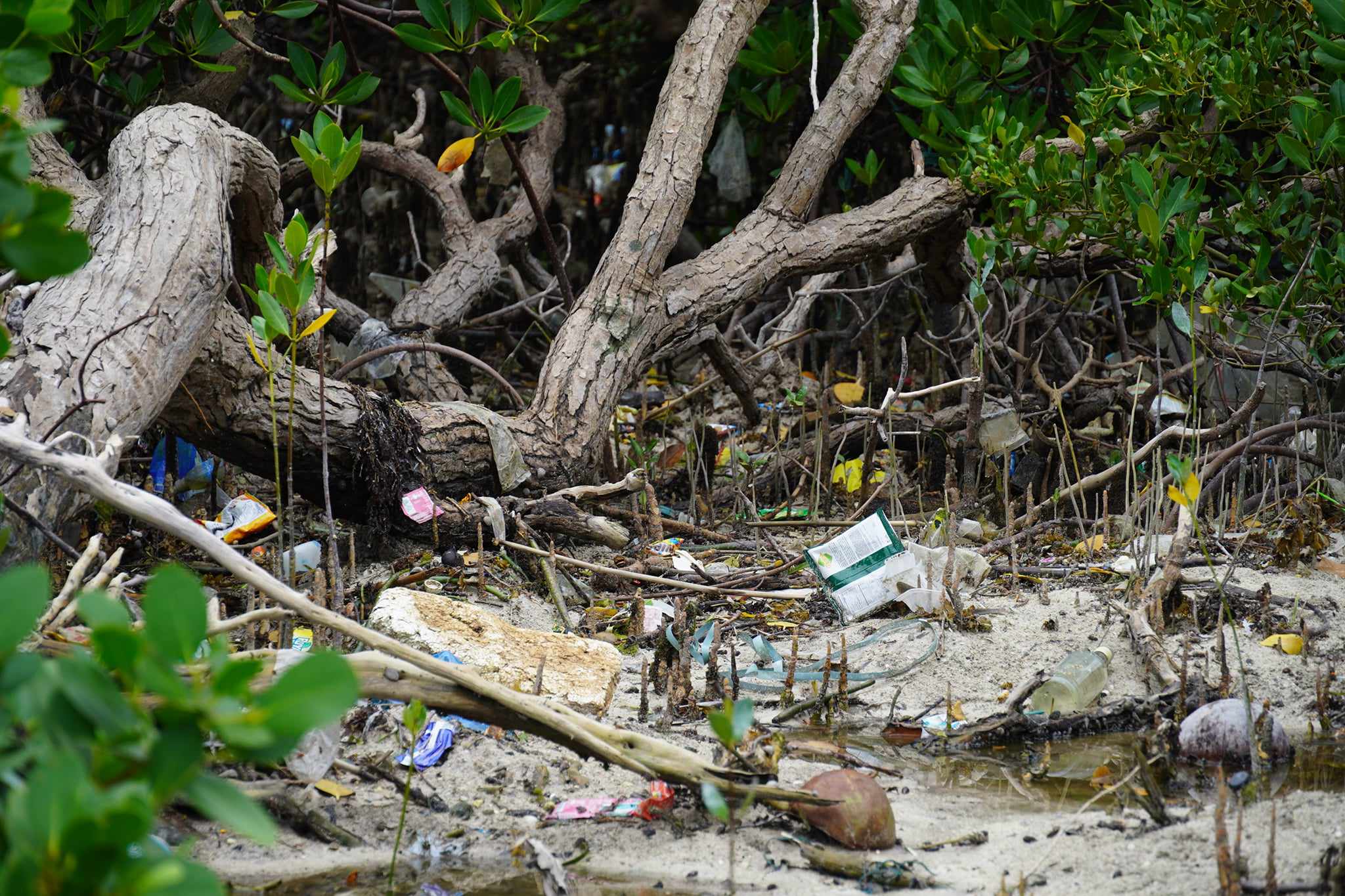
Overtourism and water pollution
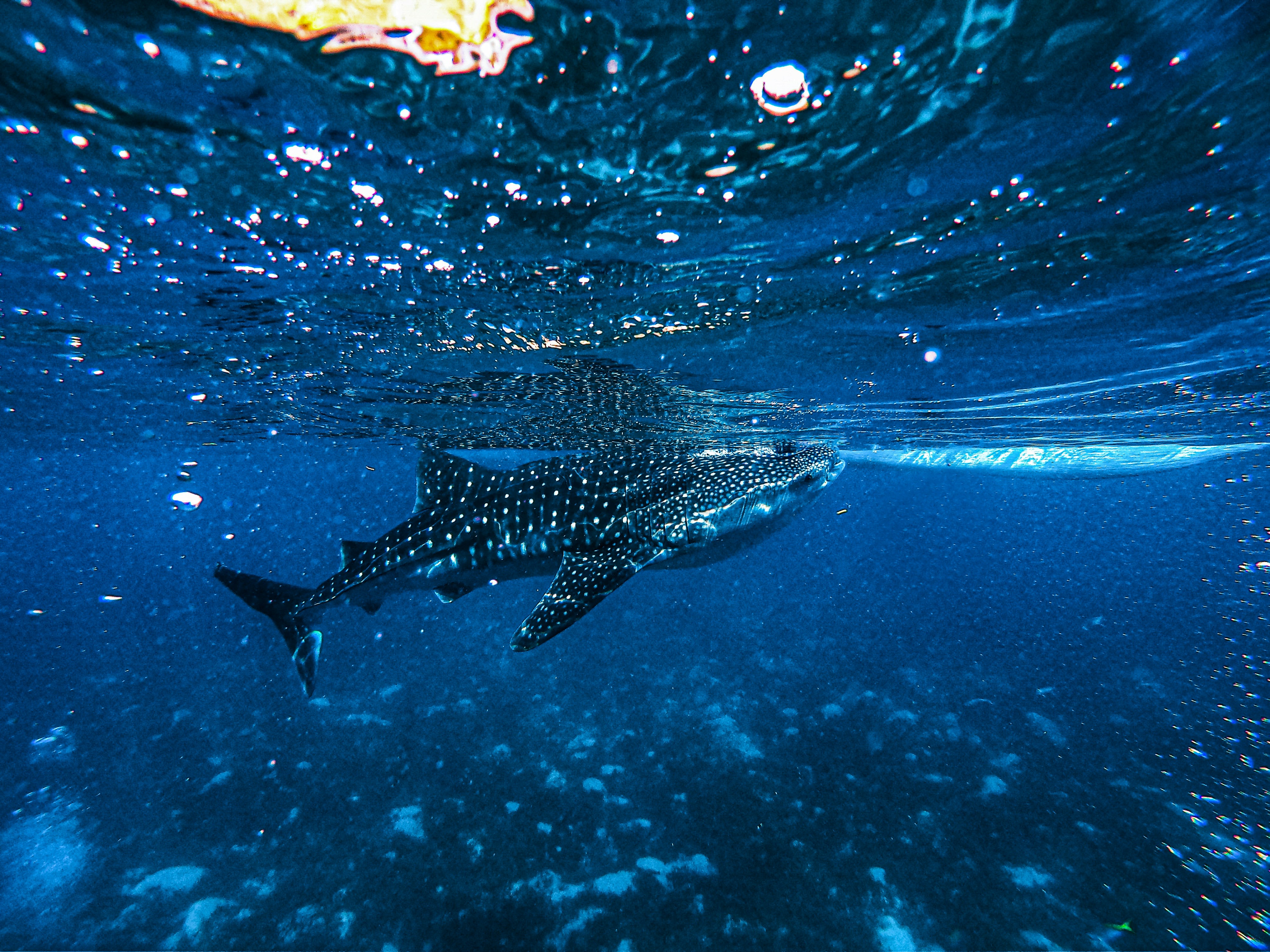
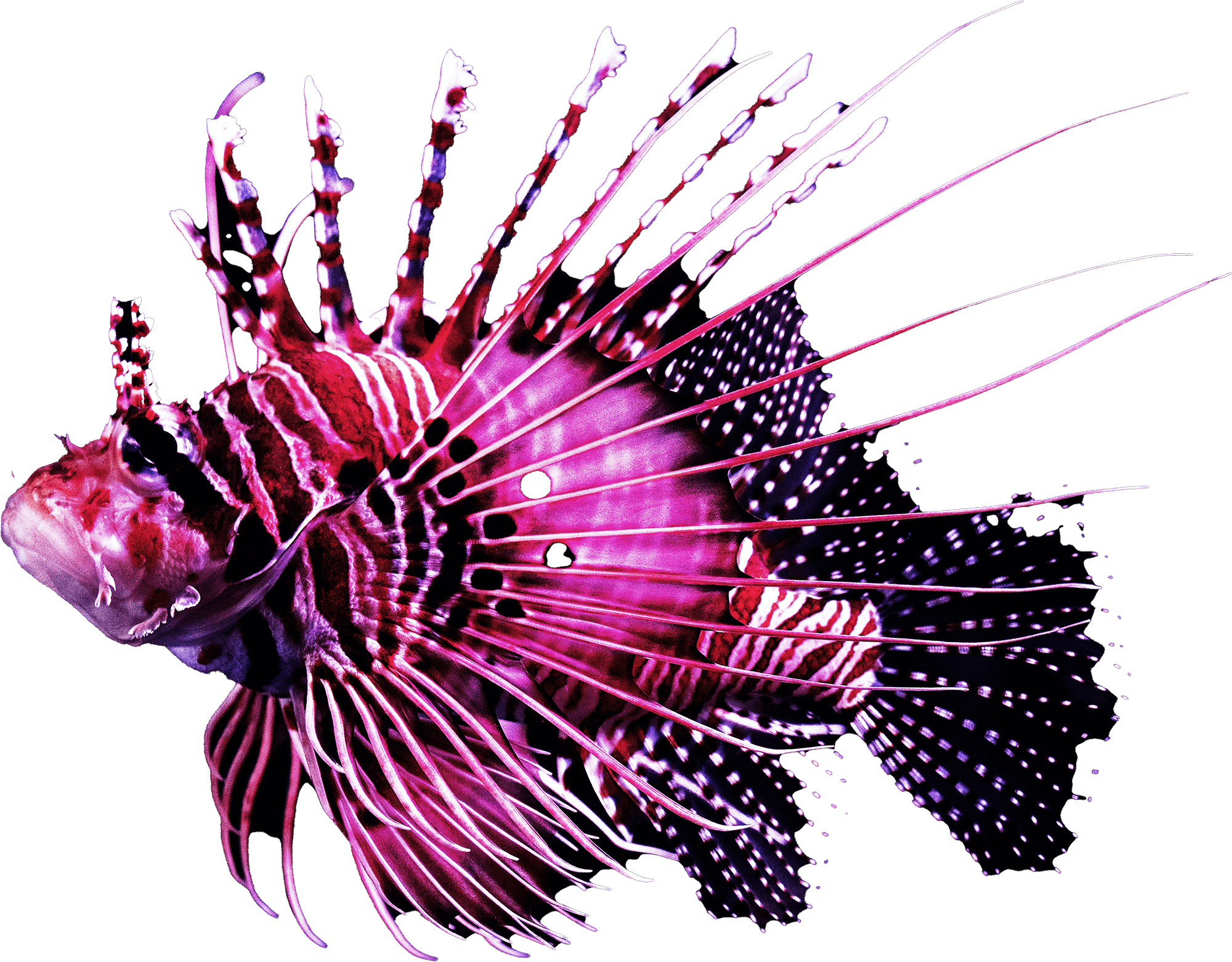
As well as solid waste disposal, Cebu also faces wastewater woes which experts say affect public health. Nearly half of the establishments in the province have no water discharge permit from the government, our analysis of EMB data shows.
In recent years, the lack of government oversight over hospitality operators in Cebu’s tourist areas has led to serious water pollution problems. Mactan Beach, a resort tourism haven 5 km from Olango Island, recorded fecal coliform levels that exceeded the safe limit for three years in a row from 2019 to 2021, our analysis of EMB data shows.
The Philippine Clean Water Act requires business operators to obtain a discharge permit for regulated effluents or wastewater from any manufacturing plant and industrial plant, including domestic, commercial, and recreational facilities. In the context of the tourism industry, this law is designed to prevent hotels, resorts, and other tourism facilities from releasing untreated water from toilets into local water systems.
The coastal waters of Badian and Moalboal, tourist towns in southern Cebu, also failed the fecal coliform test for two consecutive years - 2020 and 2021. Oslob, a spot popular for whale sharks, also failed the test in 2019.
A 2022 UP Cebu study found that Matutinao River, which flows from Kawasan Falls, a site famous for canyoneering, to Badian Beach, exceeded safe fecal coliform levels in both off-peak (September) and peak (December) tourism seasons in 2019. Matutinao River and coastal tourism establishments were “both potential sources” of contamination.
The study’s lead author Kenneth Bureros told Eco-Business that “high total coliform may affect other organisms like fish, corals, and humans.” He added that this could lead to loss of livelihood and income, due to tourists’ “bad impression” of the place and the possible closure of the site for recovery.
The high coliform level in Badian’s Lambug Beach from 2016 to 2021 was due to illegal structures along the coast, said Manolito Recopelacion, the environment officer of the local government in Badian.
These structures, he said, belonged to informal settlers and not resorts. The same thing happened in Kawasan River, a famous canyoneering spot, where illegal recreational structures built along the riverbanks directly polluted the water.
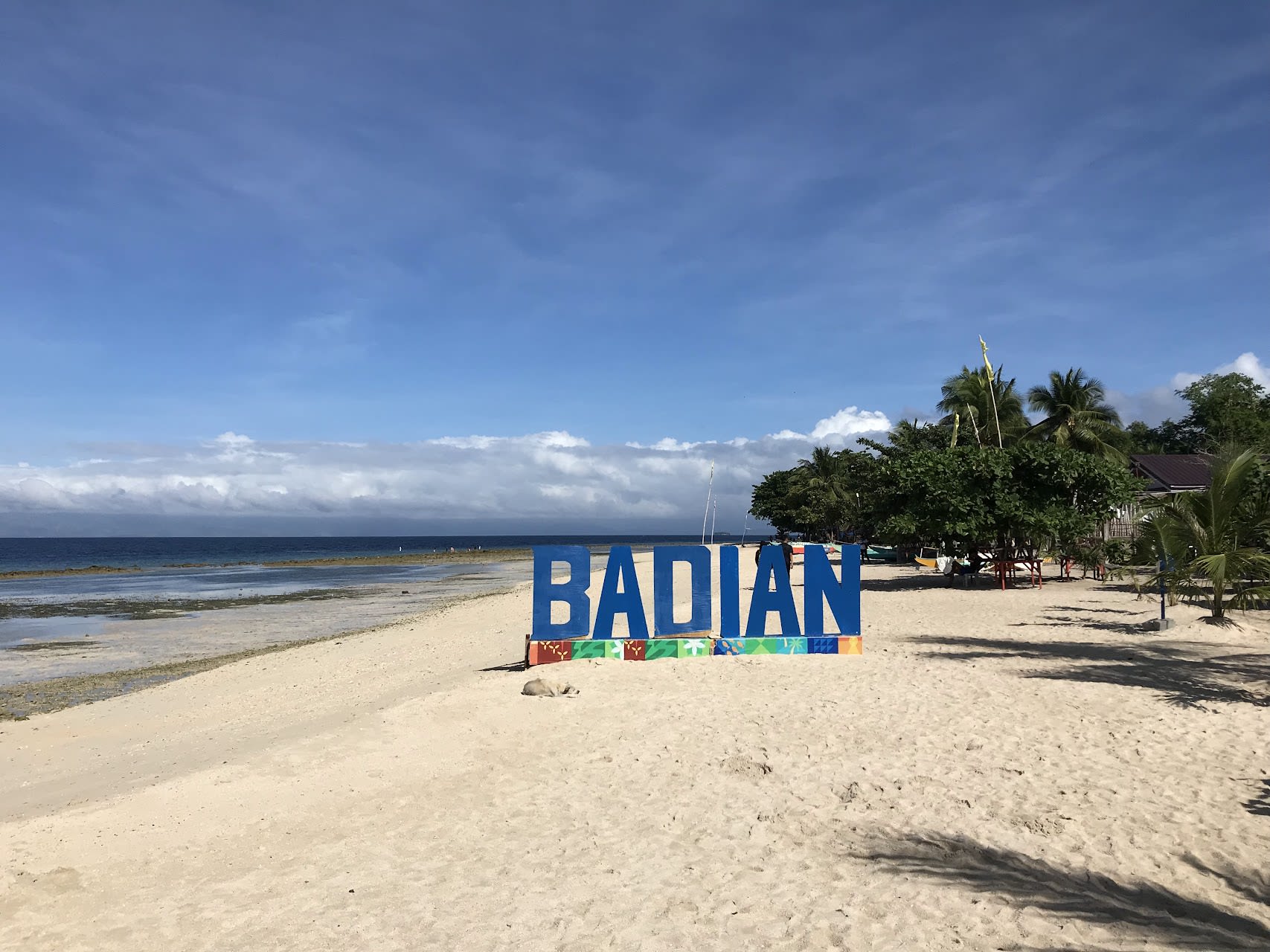
High coliform levels in Badian’s Lambug Beach were due to illegal structures along the coast. Image: Keith S Fabro
High coliform levels in Badian’s Lambug Beach were due to illegal structures along the coast. Image: Keith S Fabro
If it wasn't for Typhoon Rai, which ravaged the province in 2021, the illegal structures would still be there. The destruction revealed sewage pipes that were polluting the waters, Recopelacion said. Asked why the LGU failed to clear the illegal structures years ago, he declined to comment.
Now, Lambug Beach and Kawasan Falls are open to the public, even as the LGU still waits for the fecal coliform test results to confirm water safety.

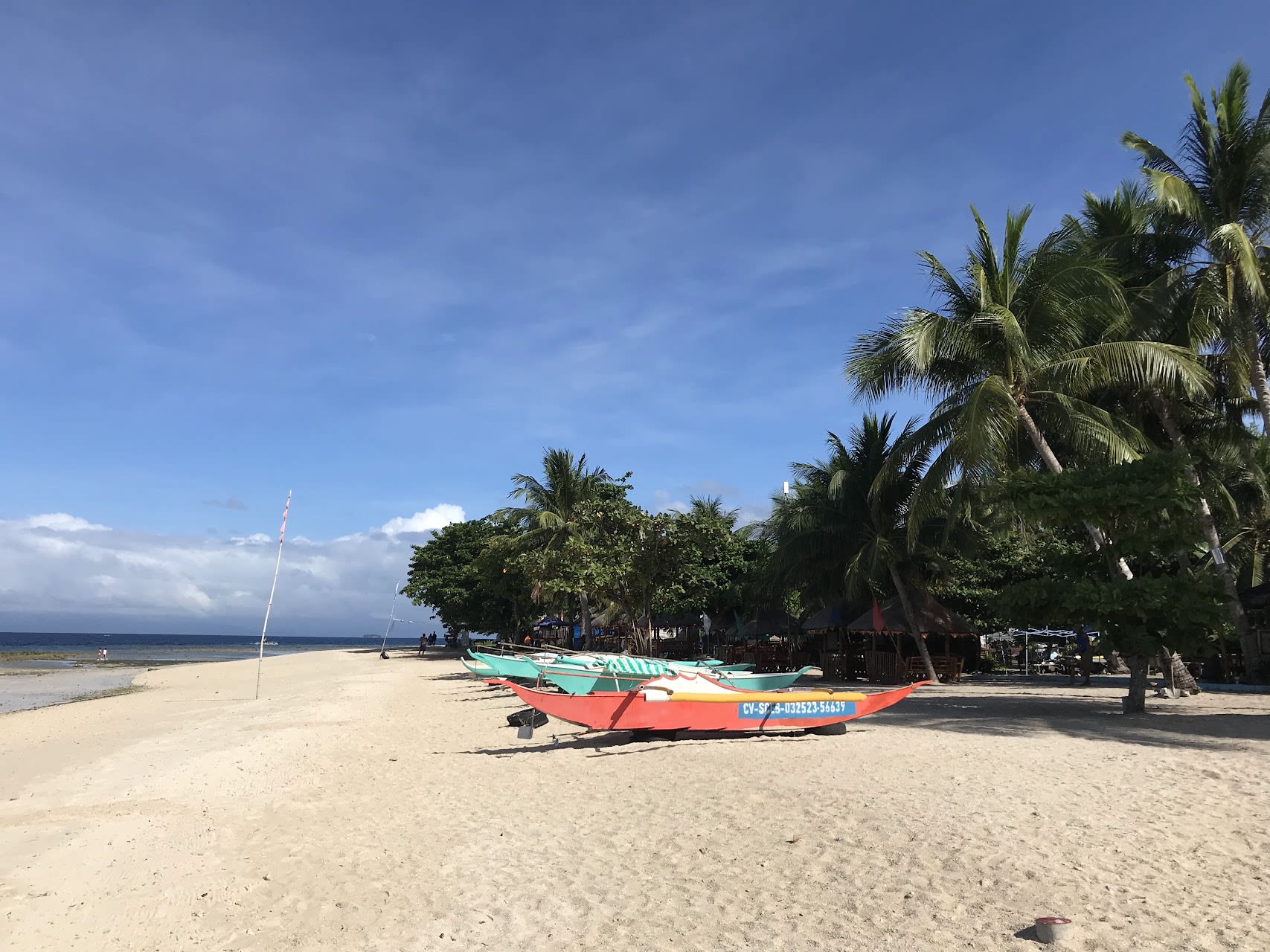
How to responsibly promote ecotourism?
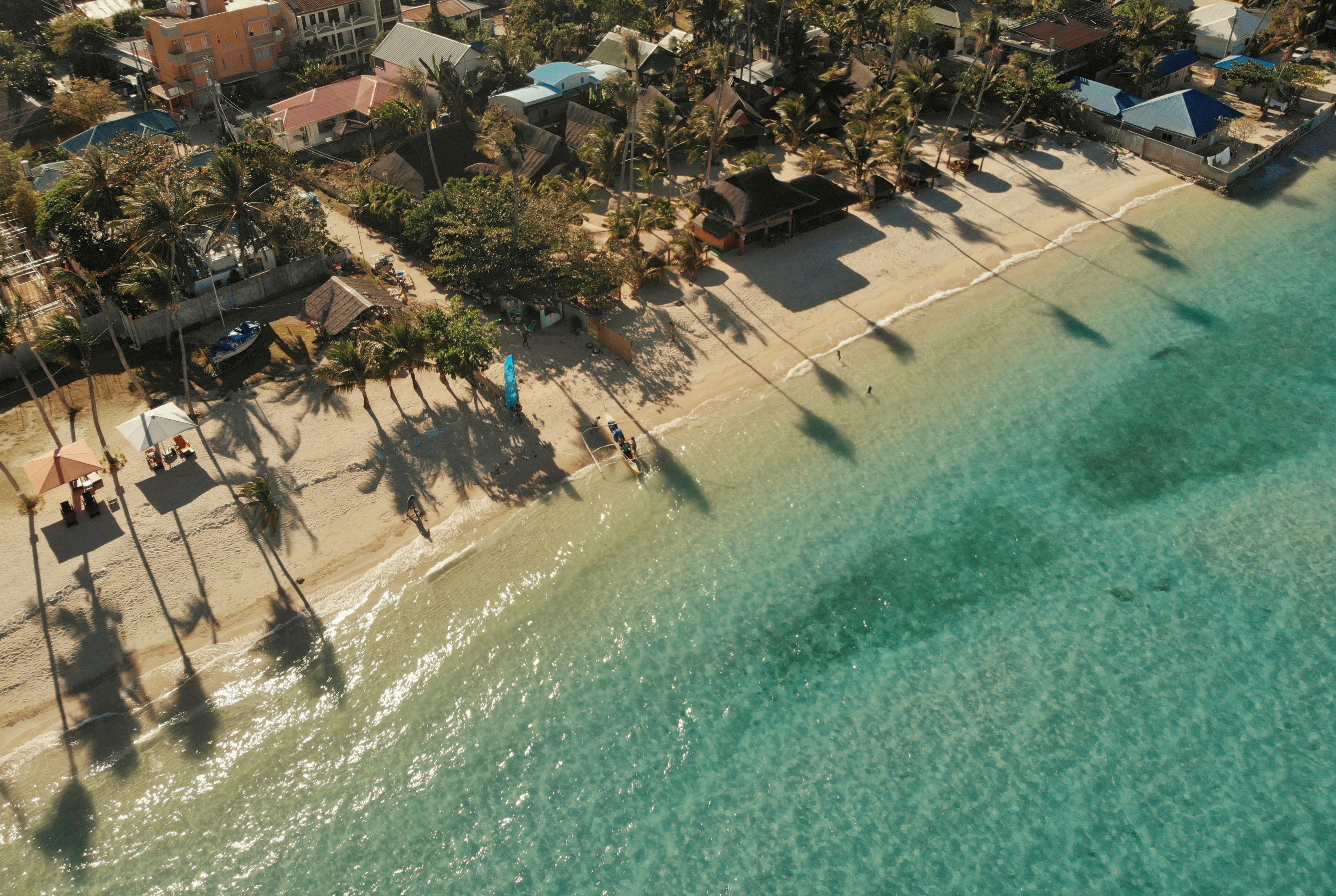
As of 6 October 2023, Cebu boasted of 679 accredited tourism establishments, accounting for 6 per cent or 11,547 of the country’s total, data from the Department of Tourism (DOT) showed. Among these establishments, 436 were lodging facilities such as hotels and resorts, contributing to 6 per cent or 7,531 of the nation’s total accommodations.
In 2009, the national government required tourism enterprises to undergo DOT accreditation to ensure compliance to standards. However, a closer look at the certification requirements revealed that they do not include obtaining a wastewater permit.
According to DOT Central Visayas’ chief tourism operations officer Judy Gabato, DOT waived the wastewater permit requirement during the pandemic to promote “ease of doing business.” Now that the public health emergency has been lifted, she said it will “soon” be reinstated.
The DENR is the government agency that issues wastewater discharge permits. Hotels, pension houses, resorts and the like cannot release untreated wastewater into the sewage system or directly into water bodies. To apply, tourism establishments must include in their plans a wastewater treatment facility, physical and chemical composition of the establishment’s wastewater, and the receiving body of water, among others. The annual permit fee ranges from P2,000 to P3,900 (US$36 to US$70).
“The onus is now on the government, particularly DENR to ensure that they fully implement the law. The data is clear,” said Liza Osorio, policy and legal officer at Oceana Philippines, a conservation group. “The province is being touted as a tourist destination, however, solid and wastewater issues in Cebu are not things we can be proud of.”
Marco Andrew Silveron, chief of the water and air quality management section at EMB Central Visayas, acknowledges the waste management challenges in Cebu. Silveron said his office collaborates with LGUs and business owners to enhance compliance with discharge permits and effluent quality standards through regular pollution control training and guidance on permit issuance.
Silveron clarifies that while other facilities within tourist establishments can continue operating, the effluent source identified must cease operations until it complies with standards and obtains the necessary discharge permit. For tourism establishments without sewage treatment facilities, he stresses the importance of having at least watertight septic tanks, bottom-sealed to prevent leaching, and regularly de-sludged by government-accredited third-party service providers.
Tourism establishments should not bear sole responsibility for waste pollution, said Silveron, citing community practices such as improper waste disposal and open defecation in coastal areas. He stressed the importance of addressing these issues with the help of local government, as these problems fall within their jurisdiction and mandate.
"We can only do so much," he told Eco-Business, emphasising their role in providing data and proposing measures or ordinances for the local government’s consideration. “However, when it comes to implementation, it's the responsibility of the local government. They must exercise the authority of the local executive, under the Local Government Code, to fulfil their role in protecting the environment."
Eco-Business repeatedly sought the provincial government for comment but it has yet to respond.
Community-based ecotourism sites like Olango Island are also seeking more government support, including on training and marketing. They said there are fewer tourists visiting their site nowadays due to a lack of promotion.
“The only thing we lack is marketing, because we don’t know how to use photographs, videos and computer software to promote our ecotourism site,” says Patigdas of Olango Island Ecotourism Association.
This is despite a P7 billion (US$125 million) budget for tourism promotions over the last decade, data from the Department of Budget and Management show.
This has not translated into revenue growth for ecotourism, which contributed only P420 million, less than one per cent of the total tourism industry revenues of P14.1 trillion from 2014 to 2022. This means that for every P100,000 earned by the entire tourism industry, only an average of 3 pesos went to ecotourism each year over the past nine years.
The DENR-BMB said that low ecotourism revenue is due to two main reasons: sites’ collection of only entrance and facility user fees and an unclear definition of what an ecotourism site is.
For an ecotourism professor, however, the low figures may be viewed positively.
“I don't consider ecotourism as a ‘struggling’ enterprise when it is compared to regular tourism, which is mass tourism here in the Philippines,” said Andrada from UP Los Baños.
He said ecotourism sites earn less because they are still unpopular, remote, and under-marketed.
“And this is not necessarily a bad thing because what it does is let the ecotourism area grow in a regulated manner within the environment's boundaries and enables operators to better manage visitor numbers,” Andrada said.
Andrada proposed a progressive approach whereby the government ensures tourist destinations’ capacity before boosting marketing, enhances ecotourism education, and prioritises local ecotourism enterprises for community involvement and ownership.
Beyond this, Osorio of Oceana said the government must ultimately track pollution sources and punish illegal wastewater dumpers.
“Both national and local government entities can be held accountable for failing to fulfil their responsibilities to public health. There are no additional policies needed, but for me, it is time for action … there is no reason for delay,” Oceana’s Osario said.
Reporting for this story was supported by the Environmental Data Journalism Academy - a programme of Internews’ Earth Journalism Network and Thibi.
METHODOLOGY
We sourced the data on regional distribution of overnight travelers, number of foreign visitors, and registered establishments from the Department of Tourism (DOT). We also sourced derived tourism indicators data, specifically the contribution of tourism to the economy, from the DOT. Files in PDF were scraped using Tabula.
Data on the number of protected areas with existing ecotourism, income, and visitation trends were requested from the Department of Environment and Natural Resources (DENR) Biodiversity Management Bureau as of 2023. However, it’s important to note that the earliest record on income in the agency’s database is from 2014, limiting our analysis to a nine-year period from 2014 to 2022.
Data on projected solid waste generation, water quality monitoring for recreational waters, and wastewater discharge permits were scraped from the public dashboard on the DENR Environmental Management Bureau’s website. Establishments categorized as disapproved, archived, and in-process were assumed to be without discharge permits, pending clarification from EMB. Meanwhile, the water quality database only covered the period from 2019 to 2021, restricting our analysis to three years instead of the intended decade.
Geospatial data on the Philippine administrative boundaries was sourced from the United Nations Office for the Coordination of Humanitarian Affairs, while the standardized list of provinces and municipalities came from the Philippines’ Unified Accounts Code Structure website.
For a comprehensive description of our methodology, please read it here. Data cleaning and analysis were done using Google Sheets and can be accessed here.
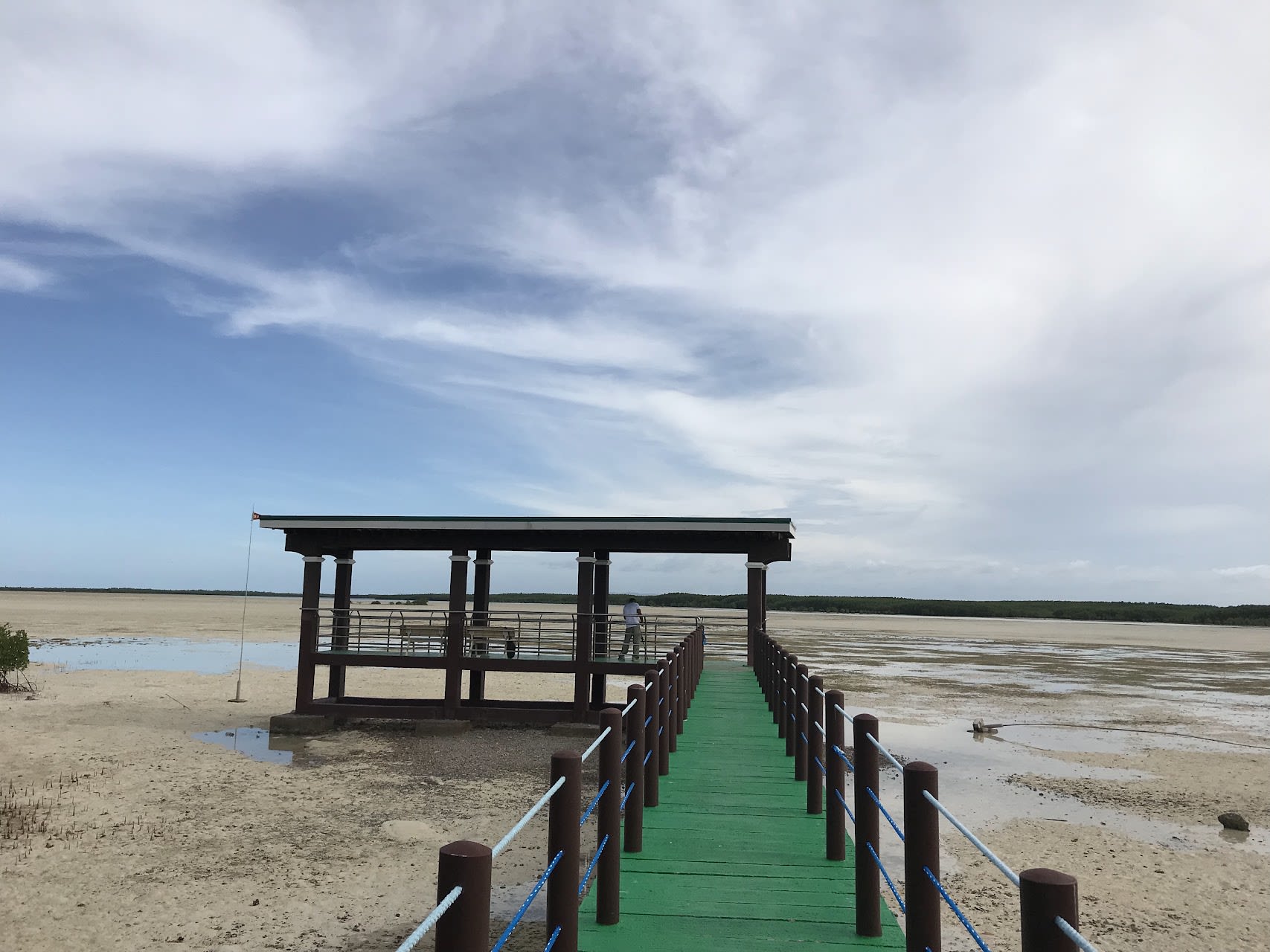
The Olango Wildlife Sanctuary hosts over 40 species of migratory birds, which can be observed during the peak migration season from December to February. Images: Department of Tourism Central Visayas Office
The Olango Wildlife Sanctuary hosts over 40 species of migratory birds, which can be observed during the peak migration season from December to February. Images: Department of Tourism Central Visayas Office
